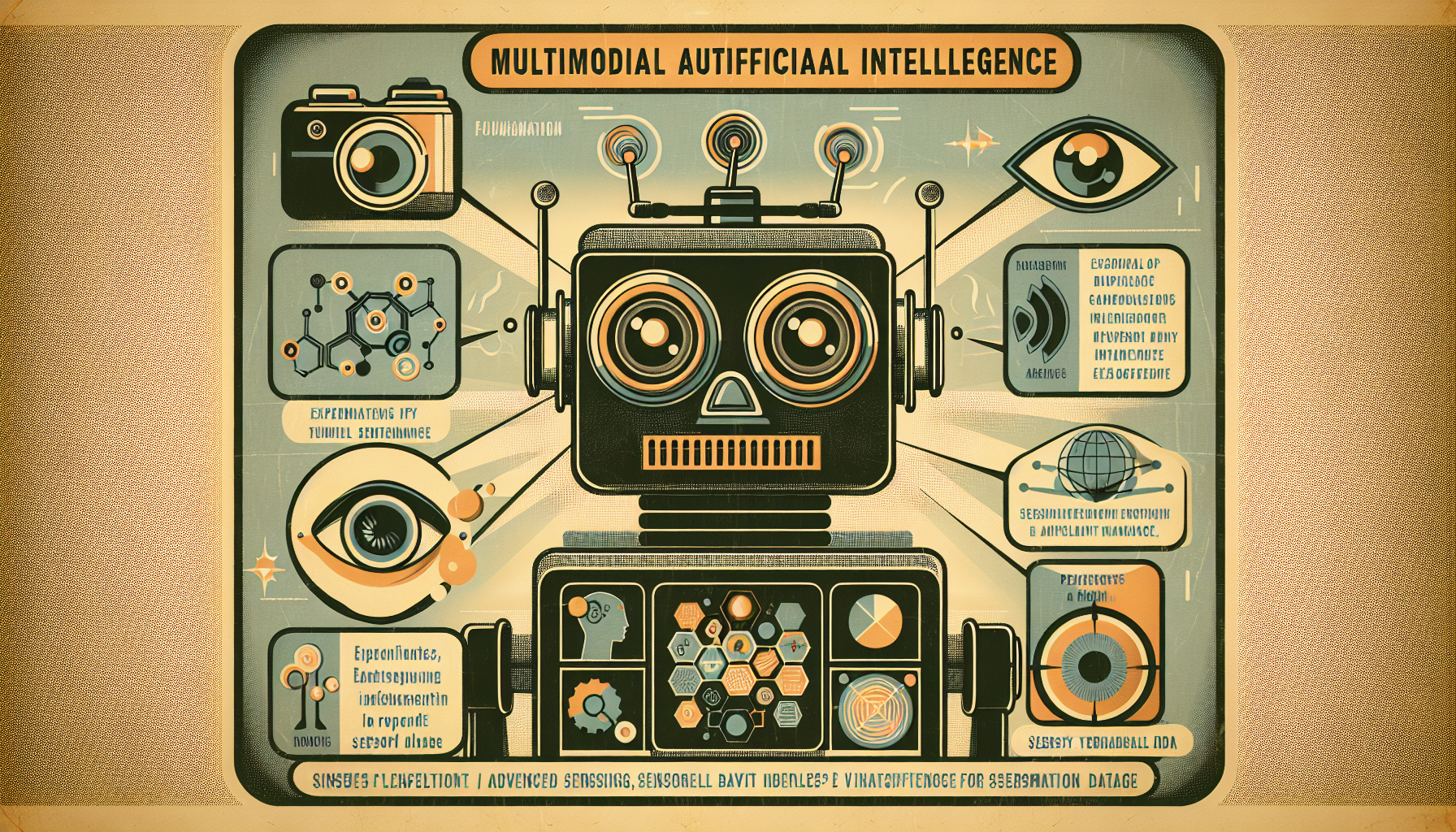Multimodal artificial intelligence is changing the way robots understand and interact with the world. By bringing together different kinds of information—such as images, spoken language, and data from sensors—robots are becoming more capable, flexible, and helpful. This approach allows machines to sense and act in ways that are much closer to how we, as humans, experience our surroundings.
What Is Multimodal AI in Robotics?
At its core, multimodal AI in robotics means a robot can take in information from several sources at once. Imagine a robot that sees through a camera, hears your words, notices your gestures, and feels its movement through sensors. It gathers all these types of data—vision, language, touch, and environment—and merges them to build a fuller picture of what’s happening around it.
This ability to blend many “modes” of information makes robots much better at understanding complex situations, working alongside people, or handling unpredictable environments.
How Multimodal AI Makes Robots Better
- Bringing Senses Together: Multimodal robots combine sight, hearing, and touch. This helps them notice small changes in their surroundings, recognize objects more accurately, and move with greater care and safety.
- More Natural Communication: Because they can interpret not just words, but also gestures and tone, these robots can talk with people in a more natural way. For instance, a household robot could understand a spoken request and also react to a person’s pointing or nodding.
- Smarter, More Independent Decisions: By using many sources of data at once, robots can make complex choices on their own. They can pick the right object from a cluttered table or adapt their actions if something unexpected happens.
- Connecting Different Types of Information: Advanced AI models help robots “reason” across different kinds of data. A robot might link a voice command with a specific object in view, or adjust its grip based on both what it sees and how it feels an object.
Real-World Applications and Impact
- Service Robots: At home and in public places, multimodal robots can help with cleaning, delivering items, and even greeting guests. They smoothly respond to people and adapt when the environment changes.
- Factories and Workplaces: In industry, these robots handle assembly, maintenance, and inspections. They use cameras and sensors together to find problems before breakdowns happen—saving time and money.
- Healthcare: In hospitals, multimodal robots can understand patient requests, notice subtle cues, and safely navigate busy hallways to deliver medicines or support staff.
Recent Breakthroughs and Trends
- Advanced Robot Models: Cutting-edge robots like Tesla’s Optimus and Boston Dynamics’ Atlas combine powerful vision systems, language understanding, and fine motor skills. They’re able to learn and perform thousands of tasks, from folding laundry to assembling mechanical parts.
- Better Sensors and Faster Processing: Stronger computers inside robots let them process information quickly, so they can react instantly to what they see or hear.
- Smarter Learning: Today’s multimodal AIs are trained on vast collections of images, words, and sensor data. This broad training helps robots handle new and unexpected situations with skill and confidence.
The Path Forward
The union of vision, language, and sensory data is moving robotics into a new era. With each advancement, robots become more autonomous, responsive, and versatile—able to take on bigger roles in our homes, businesses, and beyond.
This trend, as highlighted in the June 2025 localmedia.org article, is one of the driving forces shaping the future of robotics. Multimodal AI is opening fresh opportunities for cooperation between humans and machines, and its influence will only continue to grow as technology advances.

Leave a Reply